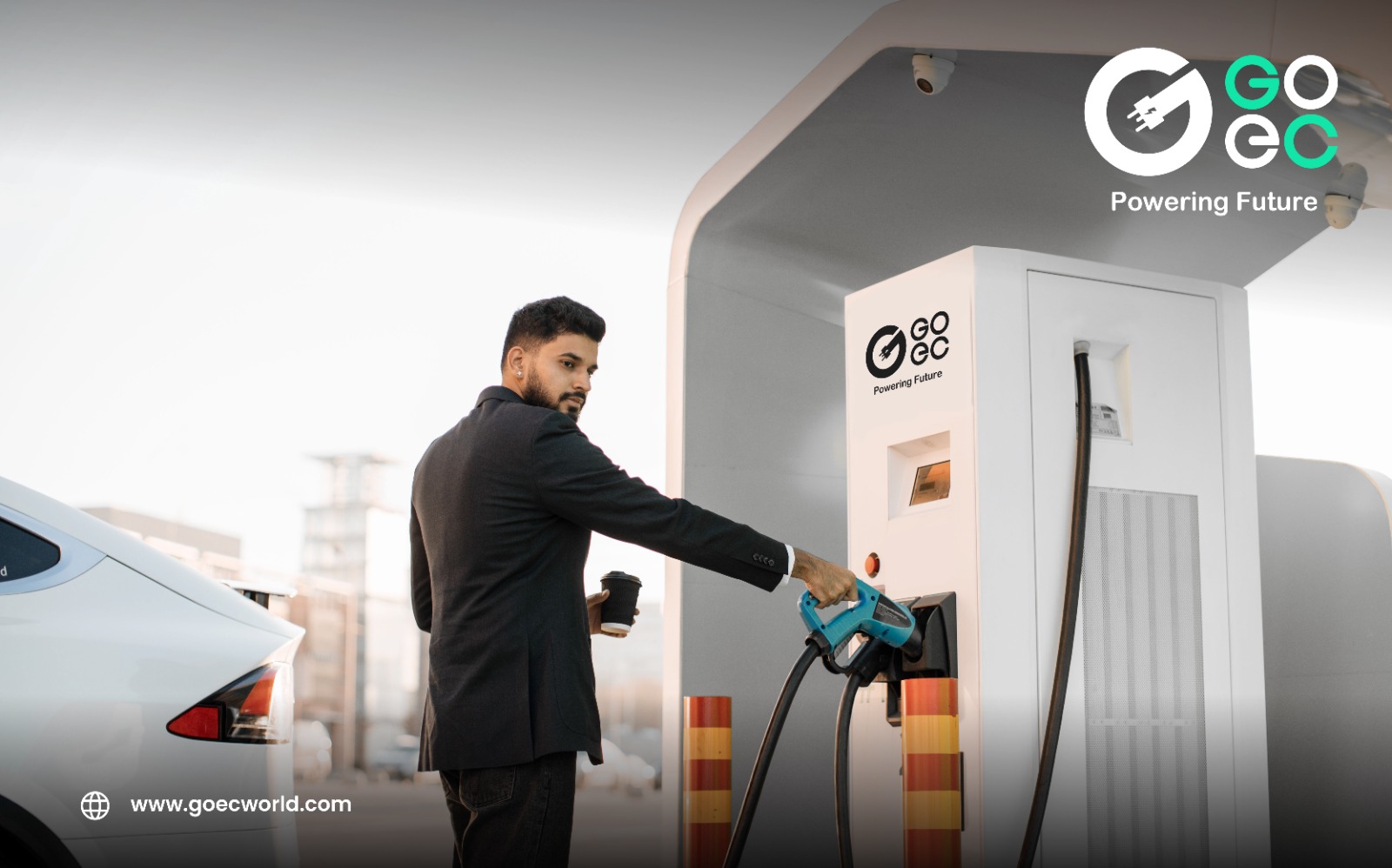In a groundbreaking move towards sustainable mobility, India is poised to witness an extraordinary surge in electric vehicle (EV) adoption, with estimates suggesting over 1.6 crore units hitting the roads annually by 2030. This revelation comes from the newly unveiled ‘EV-Ready India Dashboard,’ a pioneering initiative launched by R K Singh, Union Minister of Power, New and Renewable Energy. Developed by the Ola Mobility Institute (OMI) Foundation, this digital platform serves as a comprehensive tool to monitor and analyze key performance indicators, charging infrastructure, and market trends, fostering a data-driven approach to the country’s EV transition.
Key Insights:
Growth Projections:
The EV-Ready India Dashboard forecasts a compelling Compounded Annual Growth Rate (CAGR) of 45.5% between CY 2022 and CY 2030. Electric two-wheeler (E-2W) sales are anticipated to surge from 6,90,550 units in 2022 to a staggering 1,39,36,691 units in 2030.
Regional Dynamics:
Tamil Nadu emerges as the hub for E-2W manufacturing.
Telangana leads in electric three-wheeler (E-3W) manufacturing.
Maharashtra takes the lead in E-4W manufacturing.
Gujarat stands out in battery manufacturing.
Karnataka leads in Research and Development (R&D).
Charging Infrastructure:
Chandigarh boasts the lowest public charging supply tariff at INR 3.6 per kWh, significantly undercutting the national average of INR 13.74 per kWh. The digital platform also facilitates users in booking charging spaces in advance.
Environmental Impact:
India’s commitment to sustainability is evident in the avoidance of an estimated 5.18 million tonnes of CO2 emissions in 2023. This achievement is equivalent to the positive environmental impact of 85.47 million tree seedlings covering an area twice the size of the Lakshadweep islands.
Government Initiatives:
Union Minister R K Singh emphasises India’s proactive steps in emission reduction, with a notable 33% decrease in emission intensity since 2005. The country’s renewable energy capacity has multiplied sevenfold, reaching 185K megawatts. Singh expresses confidence in surpassing the target of 50% energy production from non-fossil fuels by 2030.
Policy Implications:
Amitabh Kant, G20 Sherpa, highlights the significance of state-level action in electric mobility and encourages policymakers to leverage the dashboard’s state-specific insights for informed decision-making.
OMI Foundation’s Vision:
Aishwarya Raman, Executive Director of OMI Foundation, underscores the digital platform’s role in enhancing knowledge, fostering collaboration, and supporting effective policymaking. The foundation aims to continually expand and enrich the dashboard’s capabilities.
Conclusion:
India’s journey towards an electric future is gaining momentum, fueled by robust growth projections, regional specialisation, and a commitment to environmental stewardship. The EV – Ready India Dashboard stands as a testament to the nation’s strides in sustainable mobility, providing a roadmap for informed decision-making and collaborative efforts as India positions itself as a leader in the global EV revolution.
